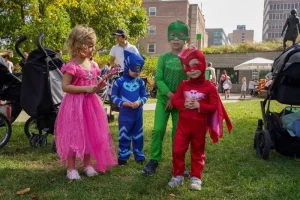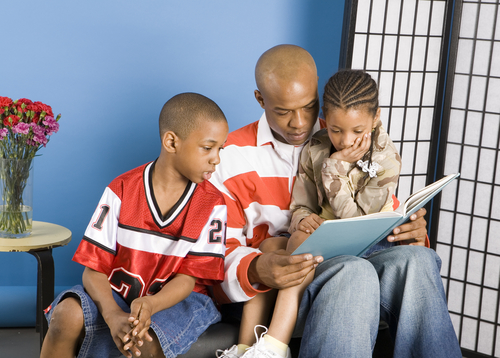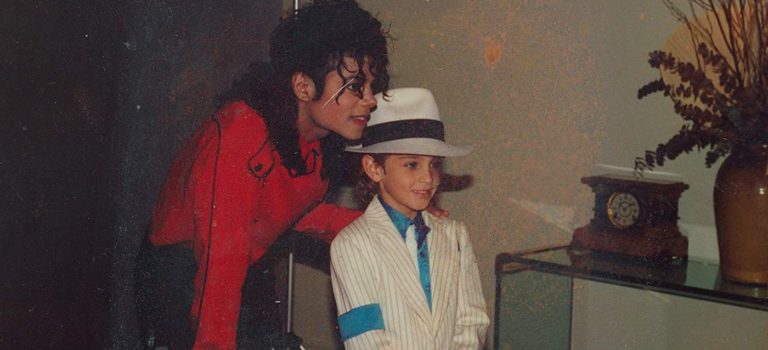It’s the elephant in the room of parenting topics: child sexual abuse.
And it’s no surprise parents have difficulty addressing it — especially with their children — because the statistics are so horrifying and sobering, you don’t want to believe them.
CHILD SEXUAL ABUSE STATISTICS:
- Approximately 1 in 6 boys and 1 in 4 girls are sexually abused before the age of 18, according to the Centers for Disease Control.
- 90 percent of children who are victims of abuse know their abuser, according to government reports.
- 60 percent of child victims are sexually abused by the people a family trusts.
- Nearly 40 percent of child victims are abused by older or more powerful children.
So what exactly can parents do? TODAY Parents asked experts for guidance on how to confront a threat that is still something many people feel “could never happen” to their child.
“What the statistics really should be telling us is that… all of us who care about kids and mental health and communities ought to be doing something about it,” says Janet Rosenzweig, author of ‘The Sex-Wise Parent’ and executive director of The American Professional Society on the Abuse of Children.
Rosenzweig and Katelyn Brewer, CEO of the child sexual abuse prevention organization, Darkness to Light, offer this advice:
1. TALK TO YOUR KIDS ABOUT SEX, EARLY AND OFTEN.
Rosenzweig says she’s always surprised at how parents find it difficult to talk about sex with their kids. “They can talk about poop and vomit… but for some reason, sex is more embarrassing than other bodily functions,” she says.
Start when kids are young enough to name their body parts and teach them proper anatomical terms. (Yes, call a penis a penis, a vagina a vagina, an elbow an elbow.)
Rosenzweig suggests making a “Family Values About Sex” checklist of questions and go through it with the family once a year. When kids are younger, start with questions like, “What terms are we going to use?” and “Who gets to see who in what stage of undress?” As kids age, the questions change accordingly.
Use as many teachable moments as you can find. If your child wants to be in a bedroom by themselves, explain it as a matter of privacy versus secrecy, saying: “Privacy means you get to do it by yourself but mommy and daddy know about it. Secrecy means that we don’t know about it, and our family doesn’t do secrecy.”
2. TEACH KIDS ABOUT AROUSAL (AS UNCOMFORTABLE AS THAT MAY BE).
Arousal might be one of the most important physiological responses related to sexual abuse that your kids need to know about. Explain why touching certain parts of their body makes them feel the way it does and who is allowed to do it to them. (The answer: No one but themselves can touch their mouth, their chest and their private parts.)
“Arousal is autonomic, a reflex that your body does in response to a stimuli,” explains Rosenzweig. “But one of the things that makes kids so vulnerable to being exploited is when you have a really skilled molester, they go out of their way to make sure their victims experience arousal, which feels good. And when kids equate arousal with love, they are sitting ducks for bad guys.”
Ultimately, kids need to know from an early age that they have agency over their own bodies.That means parents should never insist that kids kiss or hug people, whether it’s the grabby uncle at Thanksgiving or the cool babysitter.
3. YOUR KIDS ARE NEVER TOO OLD TO TALK ABOUT SEX AND SEXUAL ABUSE.
If you feel like you “missed the boat” continuing to talk to teens about sex, it’s not too late.
Nearly 40 percent of kids are abused by older children, and child on child sexual abuse has grown from 40 to 50 percent in the last 10 years, according to research by Darkness to Light. (The younger child in this scenario is in the 10-year-old age range.)
Much of these incidents are related to pornographic content online. Brewer says kids are “going to get access to [online] content anyway. And they don’t know what to do with their hormones once they see that content. So they test it with a younger, accessible child. They don’t mean to traumatize this child — they aren’t pedophiles — but the child is traumatized because something is taken from them that they didn’t consent to.”
“As much as we’d like to put our kids in a bubble, it’s not possible,” she says. “Actually sitting down and having that uncomfortable conversation with your kid is going to help prevent things in the long run because… they are going to understand that you are a safe person to talk to and you aren’t going to freak out that they’ve said the word sex to you because you brought it to them first.”
Also, if you have teens that won’t entertain a conversation, Brewer suggests different ways to communicate.
“Send them a link via text to an article,” she says. “That’s a great way to continue to have the conversation without even having it.”
4. PAY ATTENTION TO WHO YOUR KID IS SPENDING TIME WITH.
Kids are going to be in situations where they may have one-on-one time with individuals, whether it’s friends, teachers, coaches or sitters.
So how do you not get paranoid with every person your child is with?
For starters, check in with your kid in detail after they’ve been alone with someone, says Rosenzweig. “Keep the line of communication open. It doesn’t have to be in a paranoid way. Just ask, ‘What did you do?’ ‘Did you have fun?’ ‘Who was there?’”
Having such routine conversations will make a child feel OK to tell you if there is ever an incident where they do feel uncomfortable.
Brewer adds that while it’s important to minimize opportunity of incidents of child sex abuse by avoiding isolated situations with adults or other youths, it’s best to take a rational approach and trust your gut.
“If someone is spending considerable one-on-one time with your child, redirect their energy. Make them get together in public places. A lot of sexual abuse happens in the car. Don’t let them be in the car together,” she says.
5. KNOW THAT ‘STRANGER DANGER’ IS A MYTH.
“We have grown up with ‘stranger danger’ being forced down our throats,” says Brewer, referring to the idea that kids should avoid strangers to be safe from predatory activity.
The reality: 90 percent of people who are abused are abused by people who they know and trust.
“If that doesn’t make you pay attention to what is happening in your own back yard, I don’t know what will,” says Brewer.
People who abuse children look and act just like everyone else. They go out of their way to appear trustworthy, and seek out settings where they can gain easy access to children.
6. EDUCATE YOURSELF ON THE SIGNS OF CHILD SEXUAL ABUSE.
This is always the hardest with parents, says Brewer, because there aren’t always specific physical signs. “Trauma manifests itself differently” in everyone, Brewer says.
Focus on the extremes, she says. “If there is an extreme reaction to something, trust your gut and know something may be wrong.”
One example is the student who all of a sudden is growing their hair out, gaining weight, wearing baggy clothes, dabbling in substances. They are doing things that are going to hide the pain, hide themselves from what’s actually happening.
“They do that to try and look unattractive, so their abuser won’t want them anymore,” says Brewer.
7. KNOW THE THREE WORDS TO SAY IF A CHILD TELLS YOU OF ABUSE.
If your child, or any child you know, comes to you with a potential disclosure of being a sex abuse victim, there is only one thing to say: “I believe you.”
“Those three words alone start a conversation off the right way,” says Brewer. “Don’t interrogate them. There are professionals who know how to do that. Making your child relive that trauma is not helpful to you, to the child, or to the professional. They are the ones that are going to ask the right question to get the information they need.”
Rosenzweig adds that one of the toughest things for parents is to not feel guilty upon hearing of a potential abuse situation. But, you should never make a kid feel bad about it.
The response should be all about thanking your child for being brave enough to tell you about it. Ultimately, says Rosenzweig: “The amount of courage it took to break the spell and seek help is nothing short of heroic.”


 What’s the harm in telling little fibs if they make a child happy? A fairy brings you money each time you lose a tooth, a bunny brings you chocolate eggs on Easter and a big man in a red suit brings you toys at Christmas.
What’s the harm in telling little fibs if they make a child happy? A fairy brings you money each time you lose a tooth, a bunny brings you chocolate eggs on Easter and a big man in a red suit brings you toys at Christmas.






